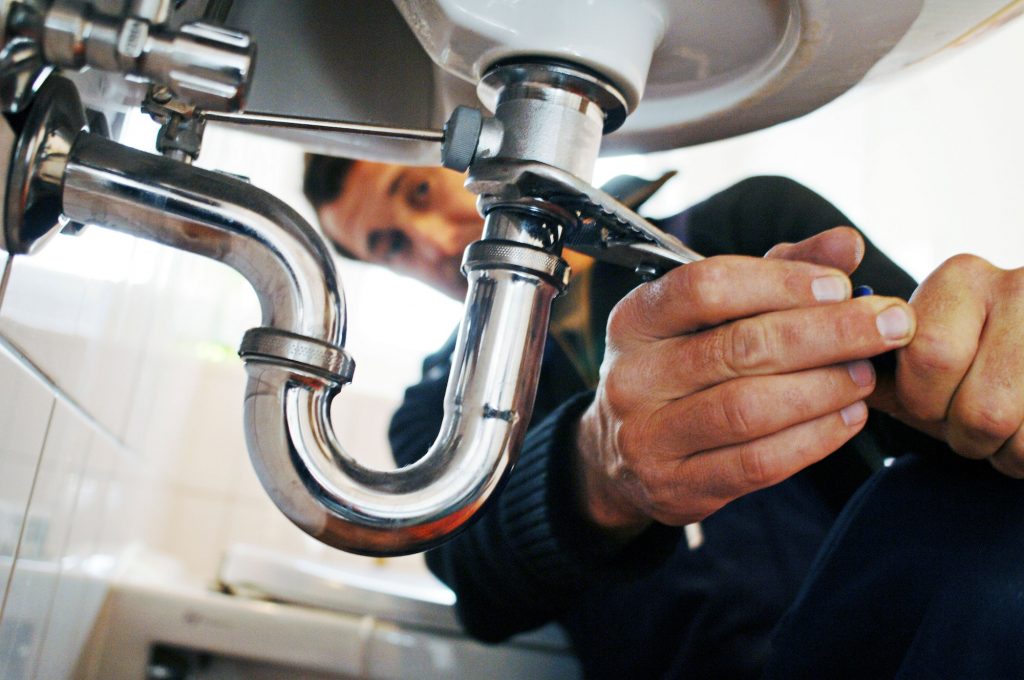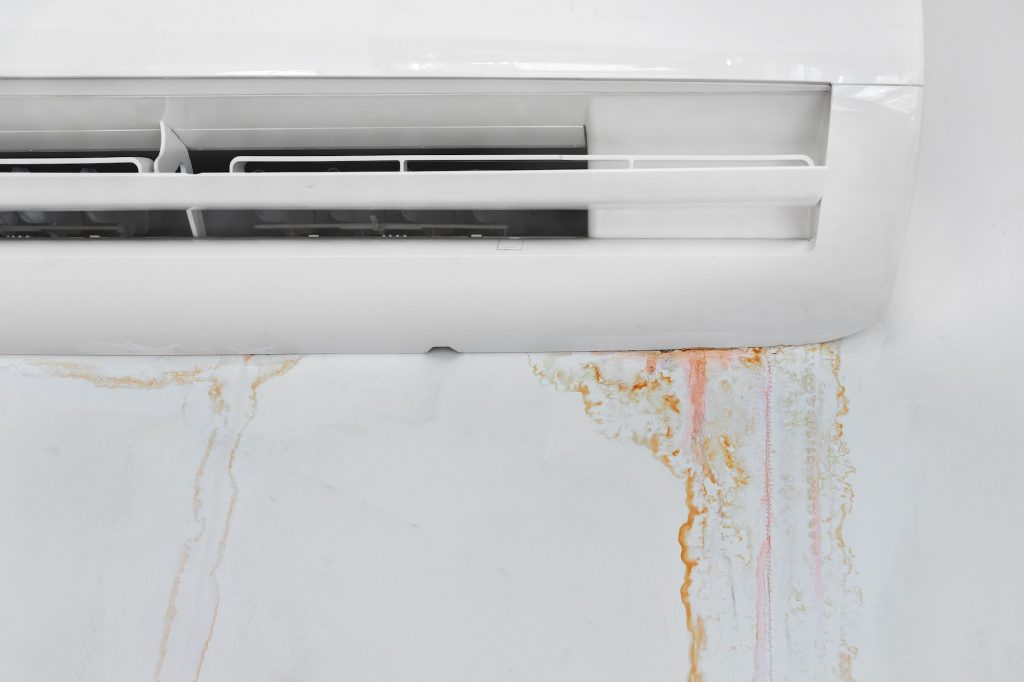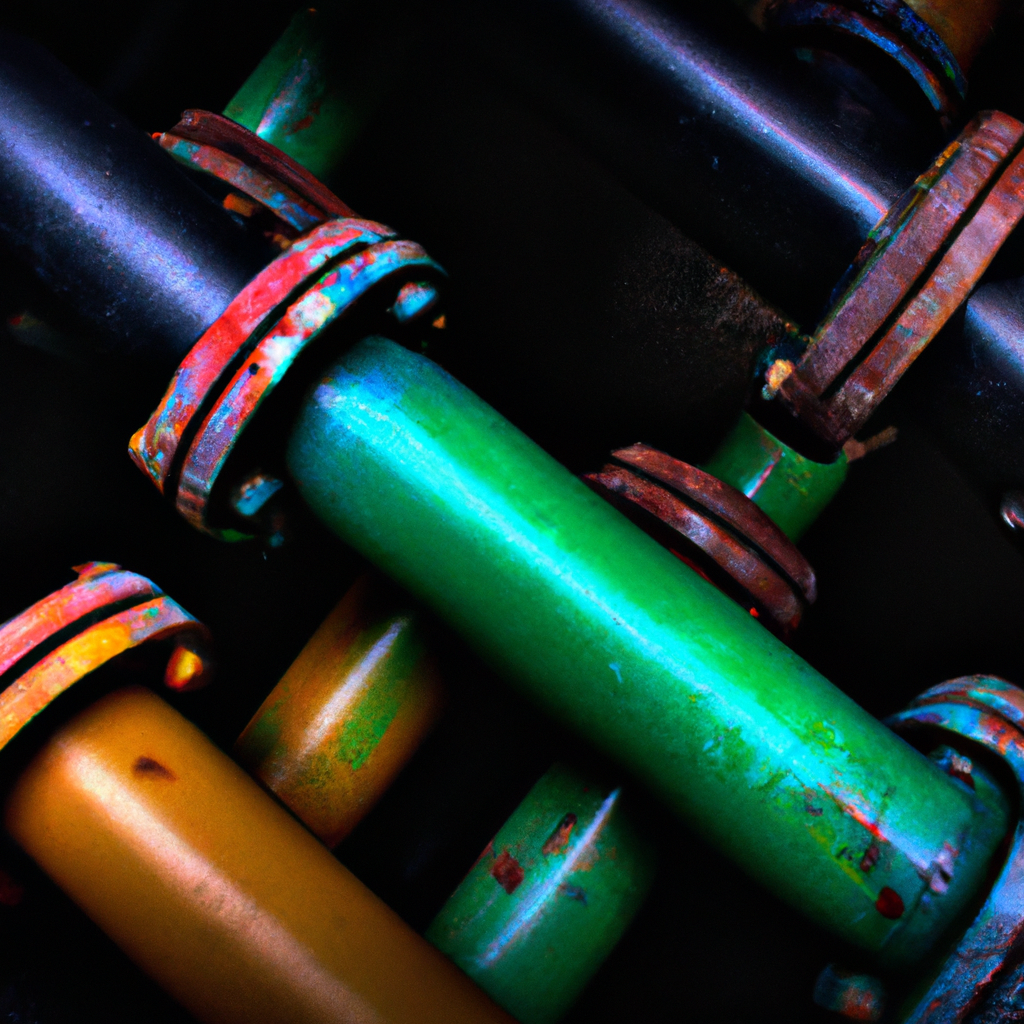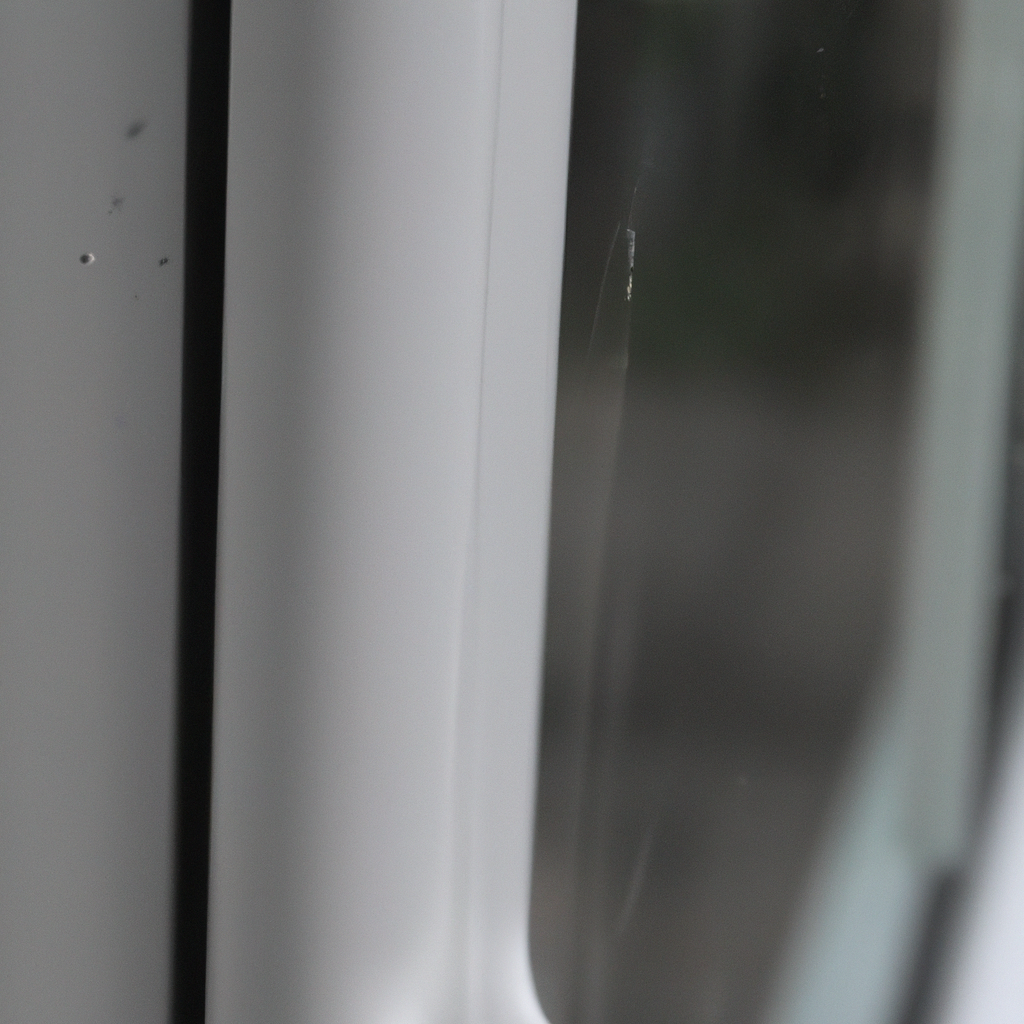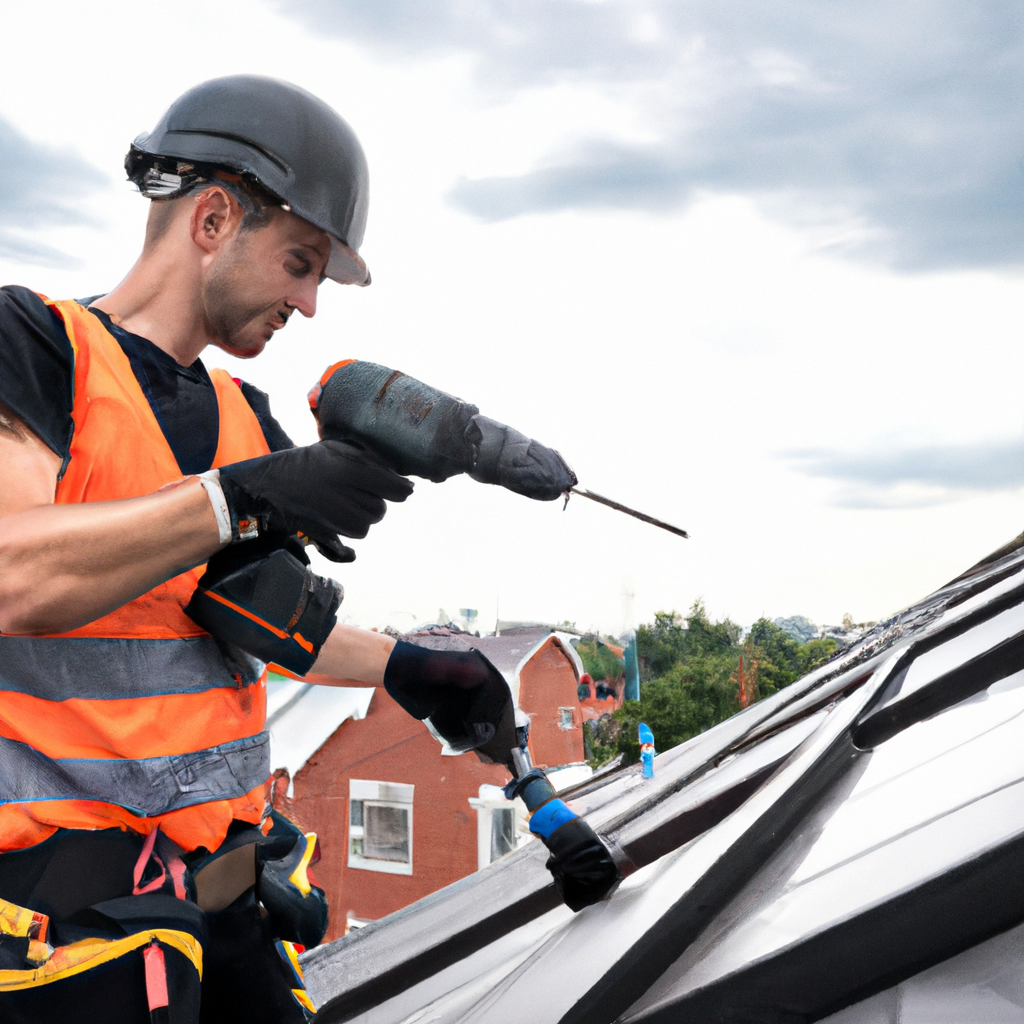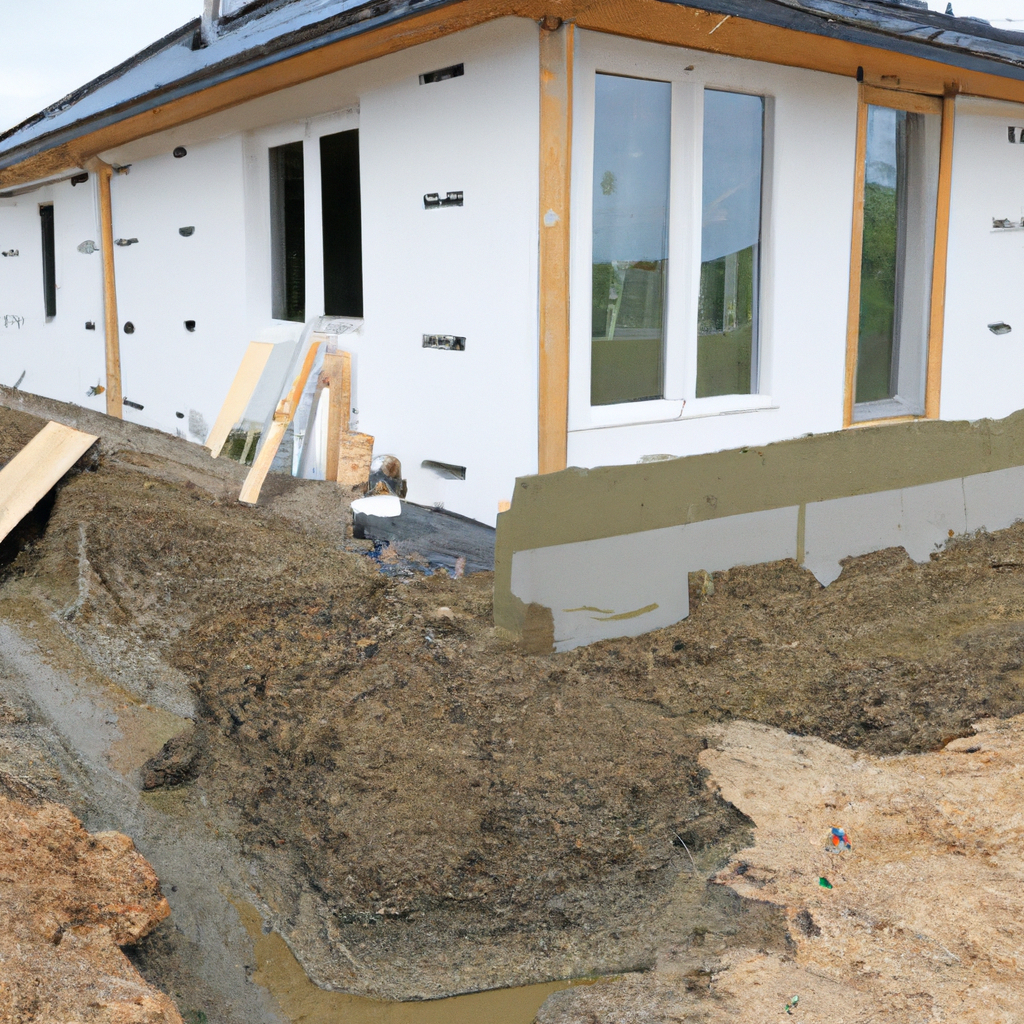Welcome to our comprehensive guide on tackling persistent sewer line issues. If you’re dealing with foul odors and clogged drains, you’ve come to the right place. In this article, we will explore the common causes of sewer line problems and provide you with effective solutions to restore the flow of clean, fresh water in your home. Say goodbye to those plumbing nightmares and let’s dive right in!
Understanding Sewer Line Issues
Sewer line issues can be a major headache for homeowners. From annoying odors to backed-up toilets, these problems can disrupt daily life and pose health risks. It’s important to understand the underlying causes to effectively address these issues.
Common Causes of Sewer Line Problems
- Tree Root Intrusion: Tree roots are drawn to the moisture and nutrients in sewer pipes, causing them to grow and invade the lines, leading to blockages and leaks.
- Aging Infrastructure: Over time, sewer pipes deteriorate, leading to cracks, corrosion, and collapses that hinder the proper flow of wastewater.
- Pipe Misalignment: Shifting soil or improper installation can cause sewer pipes to become misaligned, leading to blockages and leaks.
- Grease Buildup: Improper disposal of cooking oil and grease can result in sticky residue accumulating inside sewer pipes, causing clogs.
- Foreign Objects: Flushing non-biodegradable items like wipes, paper towels, and feminine hygiene products can cause blockages in sewer lines.
Signs of Sewer Line Issues
Identifying the signs of sewer line issues early on can help prevent further damage and costly repairs. Here are some common indicators that your sewer line might be compromised:
- Foul Odors: If you notice persistent foul smells coming from your drains or yard, it could indicate a sewer line problem.
- Slow Drains: If your sinks, showers, or toilets are draining slowly, it could be a sign of a clog or blockage in the sewer line.
- Gurgling Noises: Unusual gurgling or bubbling sounds coming from your drains when using water appliances may indicate a sewer line issue.
- Backed-Up Toilets: If your toilets frequently experience backups or have difficulty flushing, it could be a sign of a clogged sewer line.
- Soggy Yard: Puddles or areas of overly lush grass in your yard, especially near sewer line access points, could indicate a leak or break in the line.
DIY Solutions for Sewer Line Issues
While some sewer line problems require professional assistance, there are several DIY solutions you can try before calling in the experts. Keep in mind that these solutions may not work for severe or complex issues, so it’s important to assess the situation before attempting any repairs.
1. Chemical Drain Cleaners
Chemical drain cleaners can be effective in clearing minor clogs caused by grease or organic matter. However, they should be used with caution as they can be harmful to both the environment and your pipes if misused. Follow the instructions carefully and consider wearing protective gloves and eyewear.
2. Plungers and Drain Snakes
Plungers and drain snakes are handy tools for dislodging clogs in toilets and drains. Use a plunger to create suction and force the blockage loose. For more stubborn clogs, a drain snake can be inserted into the pipe to break up and remove the obstruction.
3. Hot Water and Baking Soda
For minor clogs, try pouring boiling water down the drain followed by a mixture of baking soda and vinegar. The chemical reaction can help break down grease and organic matter, clearing the blockage.
4. Enzyme Drain Cleaners
Enzyme drain cleaners are eco-friendly alternatives to chemical cleaners. These natural bacteria-based solutions break down organic matter without harming your pipes or the environment. Follow the instructions on the product for optimal results.
Professional Solutions for Persistent Sewer Line Issues
If your DIY efforts fail to resolve the sewer line problem or if you’re dealing with persistent issues, it’s time to call in the professionals. Experienced plumbers have the expertise and tools necessary to identify and fix complex sewer line problems. Here are some professional solutions commonly used:
- Hydro Jetting: This method involves using a high-pressure stream of water to clear clogs and remove debris from the sewer line. It is effective in removing tree roots, grease buildup, and other obstructions.
- Trenchless Sewer Repair: Trenchless technology allows for the repair or replacement of sewer pipes without extensive digging. This minimally invasive method saves time, money, and disruption to your property.
- Pipe Relining: In cases where sewer pipes have minor cracks or leaks, pipe relining can be a cost-effective solution. A new lining is inserted into the existing pipe, sealing any damages and preventing further issues.
- Pipe Replacement: In severe cases of pipe damage or collapse, replacement may be necessary. Plumbers can install new, durable pipes to ensure the proper flow of wastewater.
Conclusion
Dealing with persistent sewer line issues can be frustrating, but with the right knowledge and solutions, you can overcome these problems. By understanding the common causes, recognizing the signs, and knowing when to seek professional help, you can restore the flow of clean water in your home. Remember, preventive maintenance and regular inspections are key to avoiding future sewer line problems. Don’t let foul odors and clogged drains ruin your day – take action and regain control of your plumbing system.

